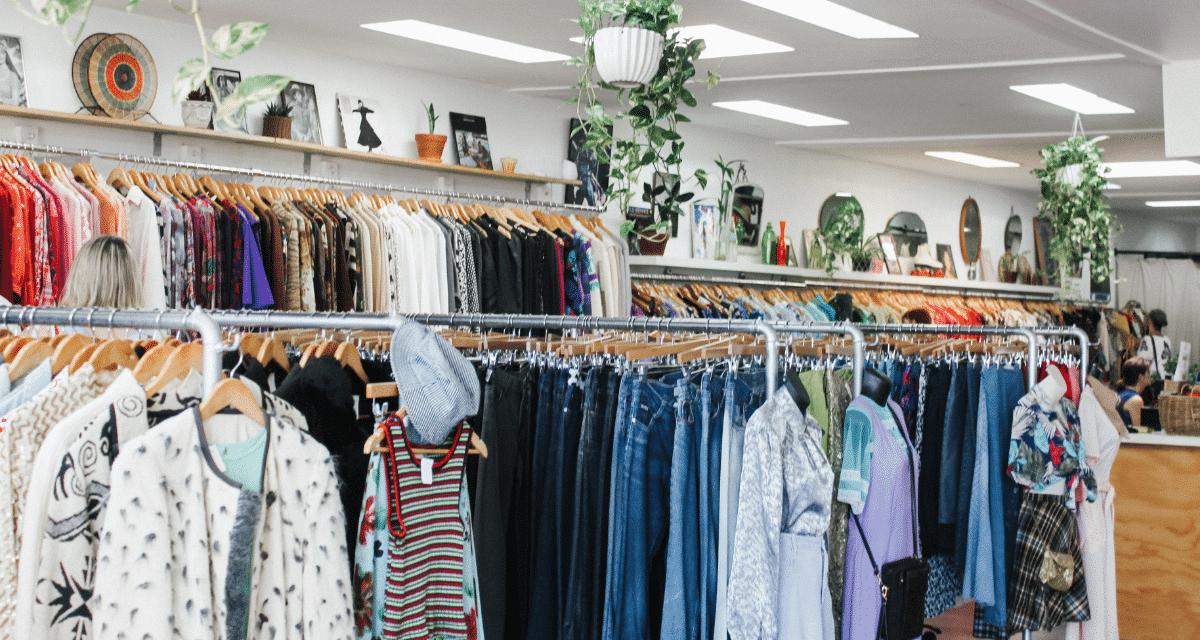Buying used > new
The Future. Not too long ago, brands refused to engage in resale because they feared it would hurt the sale of their new products, but now they’re warming up to the idea as demand shifts. For the resale market to grow and for the clothing industry to reduce its carbon footprint, brands may need to overhaul their business practices to entice customers to sell their used goods and buy secondhand instead of new.
Old is better than that new newBy 2026, the resale market is projected to hit $218 billion, per Fast Company.
- ThredUp is the biggest player in the resale game, with 1.7 million active users.
- Between 2017 and 2022, the number of customers who had shopped, or were willing to shop secondhand, reportedly increased from 52% to 93%.
- While resale heats up, worldwide clothing production is also skyrocketing.
- The $2.5 trillion new clothing sector produces about 150 billion garments annually, supposedly discharging more carbon emissions than international flights and shipping combined.
Everyone has to get paidMost brands don’t have a strategy for reducing clothing production while continuing to grow financially — except for Patagonia.
- Its platform, Worn Wear (in which Patagonia buys back old products, refurbishes them, and sells them), has allowed the company to remain a thriving business while using fewer resources.
- Still, Patagonia hasn’t reached a point where the revenue from resale can dethrone the sale of new clothing, partially because there isn’t enough secondhand product on the market.
The transition from overproduction to sustainability may ultimately come down to the brand and customer working together to de-stigmatize shopping secondhand once and for all.
TOGETHER WITH CANVA
No design skills needed! 🪄✨
Canva Pro is the design software that makes design simple, convenient, and reliable. Create what you need in no time! Jam-packed with time-saving tools that make anyone look like a professional designer.


